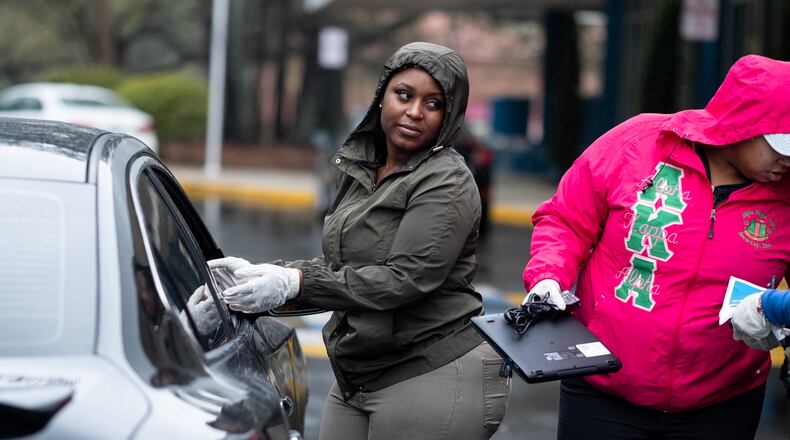Nearly 90 percent of Atlanta Public Schools students logged into district systems at least once during the first two weeks of distance learning.
But the number of participating students in the youngest grades is much lower. Only 43.3% of Atlanta students in pre-kindergarten and kindergarten logged in at least once during that time span. The district held its last day of in-person instruction on March 13 and then moved to an online and distance learning model in an effort to stop the spread of the coronavirus.
APS has been using the teleschooling approach for three weeks, but the district is closed this week for spring break.
Superintendent Meria Carstarphen told reporters during a virtual press conference last week that the district is not tracking traditional attendance rates. Instead, it will monitor student participation, including checking to see if students are turning in assignments and logging in to online systems.
The lowest participation is among the district’s youngest students. That’s likely in part because those students are the ones who most require the help of a parent or someone else to get online to complete school work.
The participation rates also are higher in grades where the district has pushed to get tablets and laptops in the hands of every student. Middle schoolers, for example, have the highest participation rate so far. The district has had a one-to-one technology program in grades six, seven and eight.
The district also has distributed more than 7,500 iPads to first and second graders.
During the first two weeks of building closures, 94.2% of middle school students logged into APS systems at least once. In high school, the percentage was 89.7%.
Carstarphen said the district wasn't prepared to give every student a device, but staffers worked in the weeks before spring break to distribute as many devices to students as possible.
Some students still may not have a device, and not every student has access to the internet.
Carstarphen said access to free internet or wifi hotspots is “very spotty” across the city, and district officials have been asking for help from telecommunication companies, businesses and other leaders to help in those parts of town.
About the Author
Keep Reading
The Latest
Featured



